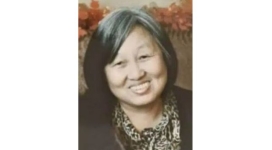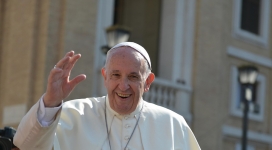
Adolescents between the ages of 13 to 24 who are attending religious services tend to view less pornography, compared to others of the same age who are not going to church, finds a new paper published in the Journal of Adolescence.
Statistics collected for this study and resulting paper were obtained from data in a publicly available National Study of Youth and Religion, a research project spearheaded by sociology professors at the University of Notre Dame and the University of North Carolina at Chapel Hill. Their research was designed to investigate the influence of religion and spirituality on American youth. Information was gotten through telephone surveys of 3,290 English- and Spanish-speaking teenagers and their parents.
Between 2003 and 2008, adolescents were surveyed on, among other questions, their pornography usage into young adulthood (ages 13 to 24). Results indicated pornography consumption increases sharply with age, especially among males, but it was lesser among those who attend religious services.
"We were able to determine that there is a barrier effect at play wherein religious social control encourages adolescents to view less pornography over time," said Kyler Rasmussen, lead author of the study and a PhD student in the University of Calgary's Department of Psychology.
Rasmussen, who came across this publically available data, was drawn to the one question in the survey focusing on the pornography viewing habits. According to Science 20, at the time, Rasmussen was taking a course on social statistics with Alex Bierman, associate professor in the department of sociology and he asked Bierman to co-author the study, applying the methodology of social statistics to the available data on adolescent porn usage.
"This increase in pornography consumption as adolescents get older isn't as drastic among those who attend religious services," said Rasmussen.
"We can see that religious attendance is a factor in shaping the trajectories of pornography viewing in adolescents. Some might see it as a vindication of the role of religion, in that it can shape the behavior of young adolescents in a positive way."
A study of pornography consumption among adolescents is one of crucial importance, said Bierman, because this age bracket represents a critical time in a person's social and sexual development.
"At this stage in life, when individuals are learning about sexuality and sexual relationships, do we want them learning these things from a source that has been known to often reinforce detrimental and misogynistic stereotypes?" asks Bierman. "That may not be healthy. Therefore, trying to understand the influences that shape porn usage and its trajectory with age is an important question for our society."
Attending religious services helps steer adolescents away from viewing pornography because "people in religious communities learn that there are expected patterns of behavior," speculates Bierman.
"It may be the notion of a divine significant other who watches over them and there may also be a social support component. When you become integrated within a moral community where pornography is used less often and is, in fact, discouraged, this may shape and deter pornography usage. There's a kind of social control function at play."
Bierman notes that since the time within which the data reflected in the study was collected, pornography has become even more prevalent in society, especially via social media and smart cell phones. "There's more free access to pornography online than ever before. We probably underestimate the extent to which pornography is available to adolescents," he said.







